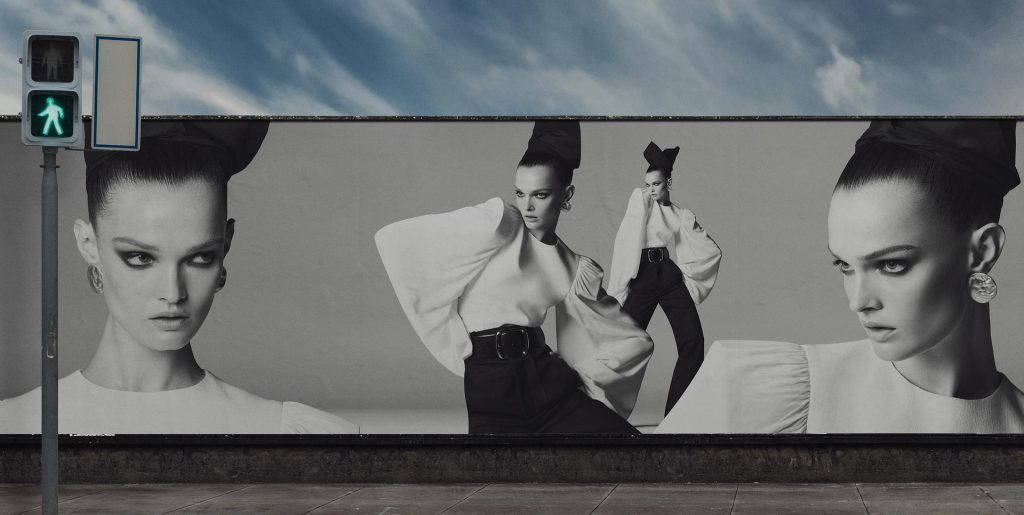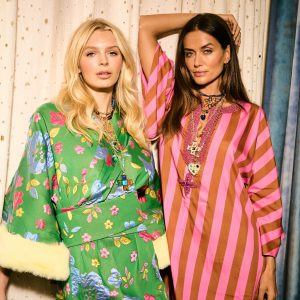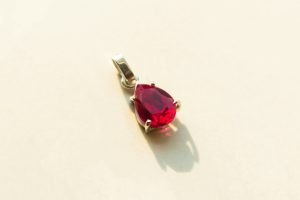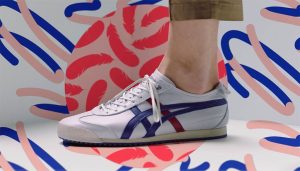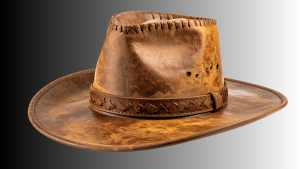Fast fashion retailer Zara delivers the season’s most wanted runway-inspired styles to millions of people worldwide, at a fast turnaround pace. So, what does the name “Zara” mean and what is its origins and history? Let’s explore all facets of theInditex-owned fashion brand.

Spanish fast fashion retailer Zara was founded by Amancio Ortega and Rosalía Mera in 1975. Image: zara.com
The meaning of the word Zara, its source and origins.
Zara is a spelling variant of the Arabic female name Zahra, which means beautiful, radiant, and divine. It is possible that the name has Hebrew origins in the word saraja, translating to sovereign, ruler, or a woman of high rank.
Its etymology can be traced back to various sources, including Arabic, Hebrew, and Slavic origins, but the English interpretation resonates with its modern-day usage. There is also an interpretation that Zara is a form of the name Sara [pronounced Zara in German]. It is also the English form of the name Zaïre, the central character of Voltaire’s 1732 play Zaïre: The Tragedy of Zara. Another derivation is the Bulgarian name Zara which is a diminutive of Zaharina or Zaharinka.
In history, the name Zara finds its roots in various cultures and holds symbolic significance across different periods. Its popularity may be influenced by the naming of Princess Anne’s daughter Zara Phillips in 1981, and the Spanish fashion retailer Zara.
It has become a favoured choice for parents seeking a name that reflects brilliance and radiance. The name’s simplicity and aesthetic appeal have made it a popular choice for individuals regardless of cultural backgrounds. Today, Zara can be seen in various fields, including literature, film, music, and fashion. Its global reach and timeless charm make Zara a name that continues to shine brightly in contemporary society.
The history of Zara becoming a brand
Zara was founded by Amancio Ortega and Rosalía Mera in 1975 as a family business in Galicia. Its first store retailed low-priced lookalike products of popular higher-end fashion. Within eight years, Zara’s approach to fashion and its business model generated traction in the Spanish market and this led to the opening of nine stores in Spain.

Zara
What truly sets Zara apart is its exceptional speed in product development and distribution. Zara has built a reputation for its ability to bring a new product from design to store shelves in as little as two weeks, a feat unmatched by competitors who take up to six months to launch new collections. This agility allows Zara to consistently offer fresh, on-trend pieces in response to new fashion trends.
In 1985 Inditex was incorporated as a holding company which laid the foundations for a distribution system capable of responding to evolving market trends real fast. Ortega changed the design, manufacturing and distribution processes to reduce lead time and react to new trends in a quicker way, which he called “instant fashion.” The changes included the use of information technologies and using groups of designers instead of individuals.
Zara has consistently acted as a pioneer in fast fashion and its success can be attributed to placing the consumer at the heart of the company vision board. Expanding throughout the world at a lightning pace… the company started its international expansion in Porto, Portugal in 1988 followed by the United States and France. During the Nineties, Zara expanded to Mexico, Greece, Belgium, Sweden and in the next decade opened stores in Japan, Singapore, Russia, Malaysia, China, Morocco, Estonia, Hungary, Philippines, Costa Rica, Indonesia, South Korea, India, South Africa and Australia.
Digitalisation was the next step forward. In September 2010, Zara launched its online boutique. The long-awaited website went online in Spain, UK, Portugal, Italy, Germany and France and later in the US and Asia. Soon Zara launched a smartphone application which was downloaded by two million people in record time.
Zara’s vision also emphasises sustainability and responsible production as key components of its growth. The Spanish label promised to eradicate the release of hazardous chemicals in 2012 and is now committed to minimising its environmental impact through initiatives like reducing waste, using sustainable materials, and implementing eco-efficient processes across its supply chain. As Zara continues to innovate, it aspires to strike a balance between maintaining its rapid design cycle and promoting ethical practices, ensuring that fashion remains both accessible and environmentally responsible for future generations.
Helmed by Chairperson Marta Ortega Pérez, Zara continues to grow. “I have lived and breathed this company since my childhood, and I have learned from all the great professionals I have worked with over the last fifteen years,” she said. “I have always said that I would dedicate my life to building upon my parents’ legacy, looking to the future but learning from the past and serving the Company, our shareholders and our customers where I’m most needed. I’m deeply honoured by the trust that has been placed in me, and enormously excited about the future that we are all about to embark upon together.”
Zara’s parent company Inditex now includes seven brands, including Pull&Bear and Bershka, and five thousand stores around the world, but “flagship Zara accounts for 73 percent of sales”, per BoF. In the interim nine months 2024, Inditex showed a strong operating performance due to the creativity of the teams and the strong execution of the fully integrated store and online business model, per the official website of Inditex. The Autumn Winter collections have been well received by customers and sales in constant currency grew 10.5 percent, showing satisfactory development both in stores and online.

Zara X Kate Moss
Read More:
What is the fashion capital of the world
Jasmeen Dugal is Associate Editor at FashionABC, contributing her insights on fashion, technology, and sustainability. She brings with herself more than two decades of editorial experience, working for national newspapers and luxury magazines in India.
Jasmeen Dugal has worked with exchange4media as a senior writer contributing articles on the country’s advertising and marketing movements, and then with Condenast India as Net Editor where she helmed Vogue India’s official website in terms of design, layout and daily content. Besides this, she is also an entrepreneur running her own luxury portal, Explosivefashion, which highlights the latest in luxury fashion and hospitality.


